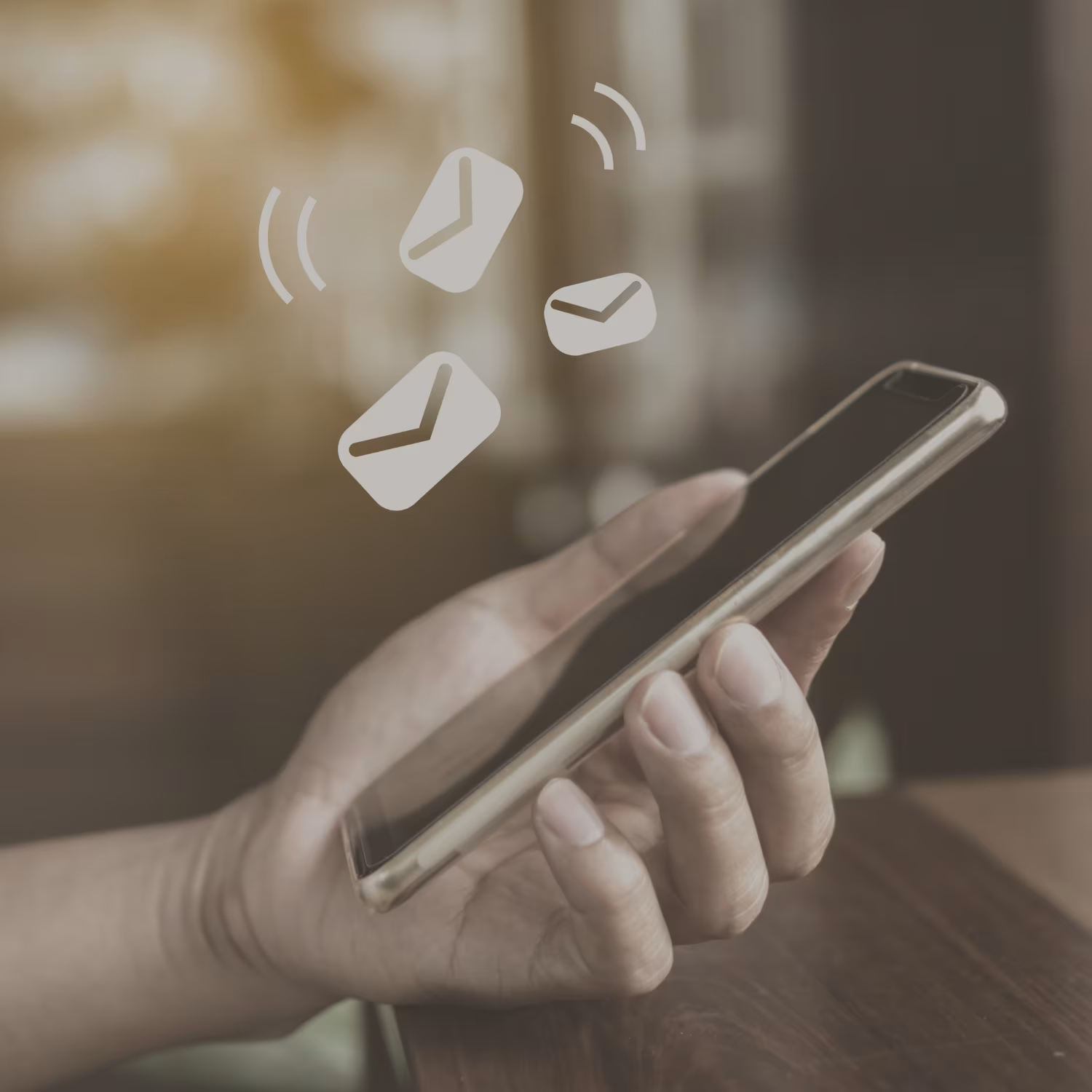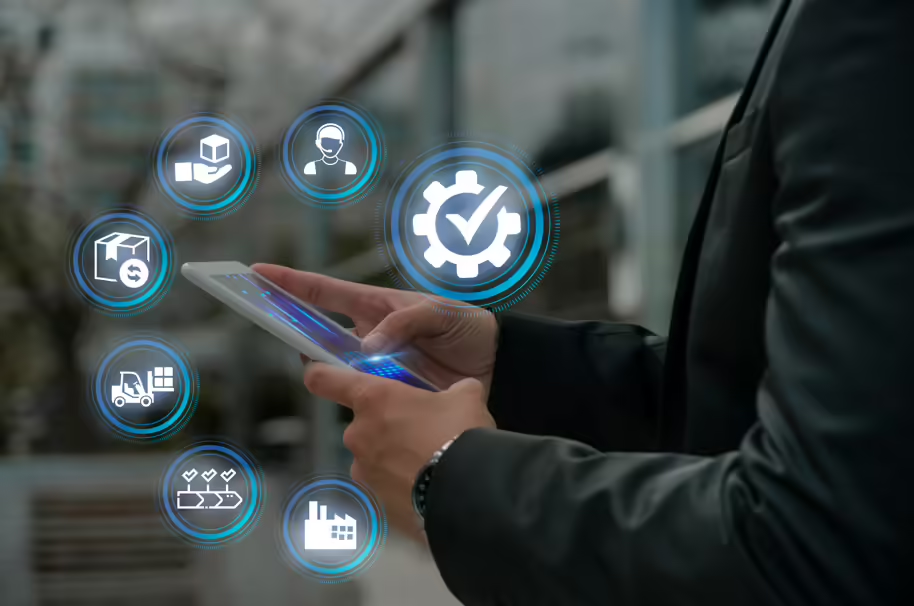Blog
Omnichannel Marketing Automation: What You Need to Know


Introduction to Omnichannel Marketing Automation
The way customers engage with brands has transformed dramatically. No longer confined to a single touchpoint, today’s consumers interact across a multitude of channels—whether browsing a website, scrolling through social media, clicking on an email, or walking into a physical store. They expect every interaction to feel connected, personalized, and effortless, regardless of where or how it happens. This shift has made omnichannel marketing not just a strategy but a necessity for businesses aiming to stay relevant and competitive.
At the heart of this evolution lies marketing automation—a powerful tool that enables brands to orchestrate these complex, multi-channel interactions with precision and ease. By automating repetitive tasks and leveraging data-driven insights, businesses can deliver consistent, tailored experiences that resonate with their audience at every stage of the customer journey.
In this blog, we’ll explore the world of omnichannel marketing automation: what it is, why it’s essential, and how you can harness its potential to create seamless, impactful customer experiences. Whether you’re just starting out or looking to elevate your existing strategy, this guide will equip you with the knowledge and tools to thrive in an increasingly interconnected marketplace. Let’s get started.
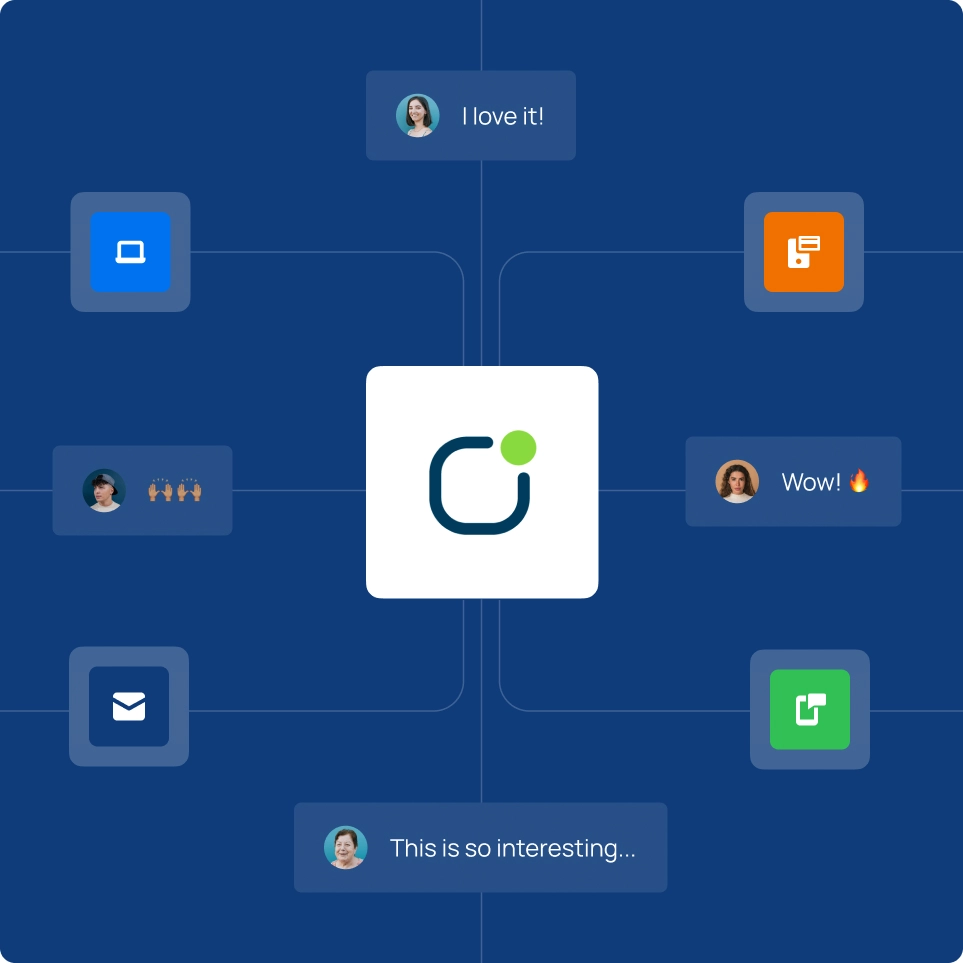
What is Omnichannel Marketing Automation?
Omnichannel marketing automation is the strategic use of technology to deliver personalized, consistent, and coordinated messages across all customer touchpoints—online and offline. It’s about creating a seamless experience where every interaction, whether on email, social media, your website, or in a physical store, feels connected and intentional.
But how does it differ from multichannel marketing? While multichannel marketing focuses on being present on multiple platforms, omnichannel marketing automation goes a step further by integrating those platforms into a unified system. It ensures that every customer interaction is informed by previous ones, creating a continuous and cohesive journey. For instance, if a customer browses products on your app but doesn’t make a purchase, they might later receive an email showcasing those same items or a retargeting ad on social media. It’s not just about reaching customers on different channels—it’s about making those channels work together harmoniously.
The key benefits of omnichannel marketing automation are undeniable:
- Personalization: By leveraging customer data, you can craft messages that feel relevant and tailored to individual preferences, driving higher engagement and loyalty.
- Consistency: Whether a customer interacts with your brand on Instagram, through email, or in-person, the experience remains aligned, reinforcing your brand’s identity and values.
- Efficiency: Automation streamlines repetitive tasks, freeing up your team to focus on strategy and creativity while the technology handles the execution.
To see this in action, consider these examples:
A fashion retailer sends a personalized email featuring items a customer recently viewed online, followed by a push notification when those items go on sale.
A travel agency uses automation to send a booking confirmation email, a pre-trip checklist via SMS, and a post-trip survey through their mobile app—all while maintaining a consistent tone and style.
Omnichannel marketing automation isn’t just a tool; it’s a way to build deeper, more meaningful connections with your audience. And in a world where customers expect relevance and convenience at every turn, it’s no longer optional—it’s essential.
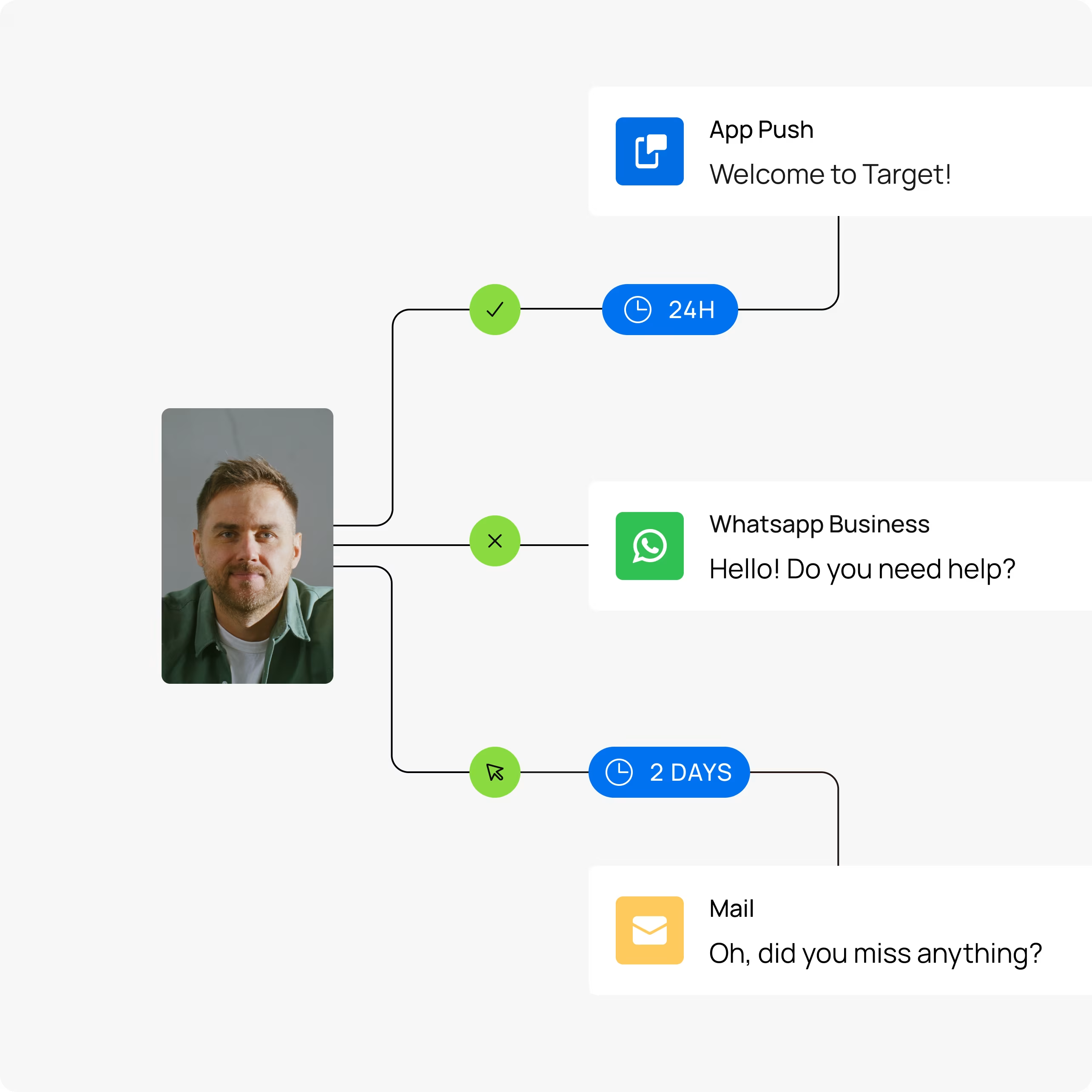
What Are the 4 Pillars of Omnichannel?
Building a successful omnichannel strategy isn’t just about using multiple channels—it’s about creating a seamless, interconnected ecosystem that puts the customer at the center. To achieve this, there are four essential pillars that form the foundation of any effective omnichannel approach. Let’s break them down:
Pillar 1: Integration
At the heart of omnichannel marketing is integration—the seamless connection between all your marketing channels and platforms. This means breaking down silos so that your email campaigns, social media efforts, website interactions, and even in-store experiences are all working together. For example, when a customer adds an item to their cart on your app, that data should be accessible to your email marketing platform, allowing you to send a timely reminder or offer. Integration ensures that no matter where or how a customer interacts with your brand, the experience feels connected and effortless.
Pillar 2: Personalization
Customers don’t just want to feel seen—they want to feel understood. Personalization is about using customer data to tailor messages and experiences to individual preferences, behaviors, and needs. This could mean sending a birthday discount to a loyal customer, recommending products based on past purchases, or addressing a subscriber by name in an email. When done right, personalization transforms generic interactions into meaningful moments that build trust and loyalty.
Pillar 3: Consistency
Imagine a customer receiving a playful, casual tone on your social media but a formal, corporate vibe in your emails. Confusing, right? Consistency ensures that your brand’s voice, messaging, and visual identity remain unified across all touchpoints. Whether a customer is browsing your website, reading an email, or walking into your store, they should feel like they’re interacting with the same brand. This not only reinforces your identity but also builds a sense of reliability and trust.
Pillar 4: Measurement
What gets measured gets improved. The final pillar of omnichannel marketing is measurement—tracking and analyzing the performance of your campaigns to understand what’s working and what’s not. By leveraging data and analytics, you can identify which channels drive the most engagement, which messages resonate best, and where there’s room for optimization. This continuous feedback loop allows you to refine your strategy, ensuring that every interaction delivers maximum impact.
Together, these four pillars—integration, personalization, consistency, and measurement—create a robust framework for omnichannel success. They ensure that your marketing efforts are not only connected but also customer-centric, data-driven, and results-oriented. By focusing on these pillars, you can build a strategy that not only meets but exceeds customer expectations, setting your brand apart in a crowded marketplace.

What is Channel Marketing Automation?
Channel marketing automation is the practice of using technology to streamline and optimize marketing efforts within specific channels, such as email, social media, SMS, or paid ads. It’s about automating repetitive tasks—like sending emails, scheduling social posts, or triggering text messages—so that marketers can focus on strategy and creativity. But here’s the kicker: when channel marketing automation is integrated into a broader omnichannel strategy, it becomes a powerhouse for delivering seamless, personalized customer experiences.
Think of it this way: while omnichannel marketing automation connects the dots between multiple channels, channel marketing automation ensures that each individual channel operates at peak efficiency. For example, an email automation tool might send a personalized welcome series to new subscribers, while a social media automation platform schedules posts based on optimal engagement times. Together, these tools work in harmony to create a cohesive, cross-channel experience.
Think of it this way: while omnichannel marketing automation connects the dots between multiple channels, channel marketing automation ensures that each individual channel operates at peak efficiency. For example, a linkedin email finder may find an email, an email automation tool might send a personalized welcome series to new subscribers, while a social media automation platform schedules posts based on optimal engagement times. Together, these tools work in harmony to create a cohesive, cross-channel experience.
How It Supports Omnichannel Strategies
Channel marketing automation plays a critical role in enabling omnichannel strategies by: Eliminating Manual Work: Automating tasks like email sends, social media scheduling, or SMS campaigns frees up time for marketers to focus on higher-level strategy.
- Ensuring Timely Engagement: Automation ensures that messages are delivered at the right moment, whether it’s a cart abandonment email or a birthday discount SMS.
- Enabling Personalization: By leveraging customer data, automation tools can tailor messages to individual preferences, making each interaction feel relevant and meaningful.
- Maintaining Consistency: Automated workflows ensure that your brand’s voice and messaging remain aligned across all channels, even as campaigns scale.
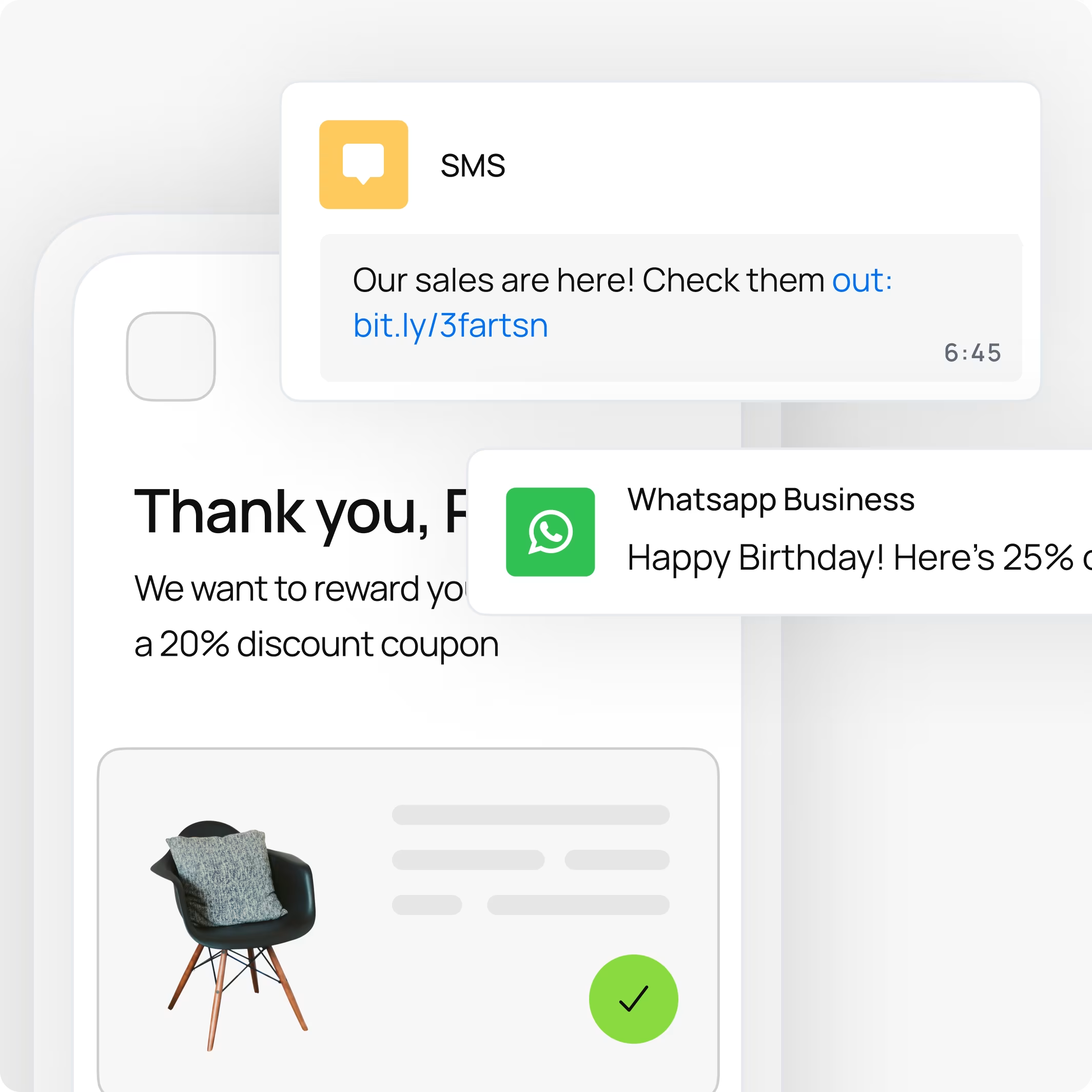
Benefits of Automating Channel-Specific Campaigns
- Increased Efficiency: Automation reduces the time and effort required to execute campaigns, allowing teams to focus on strategy and creativity.
- Improved Accuracy: By removing manual processes, automation minimizes errors and ensures that campaigns run smoothly.
- Enhanced Customer Experience: Automated campaigns deliver timely, personalized messages that resonate with your audience, driving engagement and loyalty.
- Scalability: Automation makes it easy to scale campaigns without sacrificing quality or consistency, even as your audience grows.
Examples of Channel Marketing Automation Tools and Platforms
- Email Marketing Automation: Tools like Mailchimp, HubSpot, and Klaviyo allow you to create automated email workflows, such as welcome series, abandoned cart reminders, and post-purchase follow-ups.
- Social Media Automation: Platforms like Hootsuite, Buffer, and Sprout Social enable you to schedule posts, monitor engagement, and respond to messages automatically.
-
SMS Marketing Automation: Services like indigitall let you send personalized text messages triggered by customer actions, such as appointment reminders or flash sale alerts.
-
Paid Advertising Automation: Tools like Google Ads and Facebook Ads Manager use machine learning to optimize ad targeting, bidding, and placements in real-time.

Why Omnichannel Marketing Automation Matters
In a world where customers are bombarded with messages from countless brands, standing out requires more than just being present—it requires being personal. Today’s consumers don’t just want products or services; they want experiences that feel tailored to their needs, preferences, and behaviors. This growing demand for personalization is why omnichannel marketing automation has become a game-changer for businesses looking to connect with their audience in meaningful ways.
But it’s not just about meeting customer expectations—it’s about exceeding them. Omnichannel marketing automation empowers brands to deliver the right message, at the right time, through the right channel, all while saving time, reducing errors, and improving efficiency. Let’s dive into why this matters
How Automation Saves Time, Reduces Errors, and Improves Efficiency
Manual marketing processes are not only time-consuming but also prone to errors. Omnichannel marketing automation eliminates these challenges by:
- Saving Time: Automating repetitive tasks like email sends, social media scheduling, and customer segmentation frees up your team to focus on strategy and creativity.
- Reducing Errors: Automation ensures that campaigns run smoothly, without the risk of human error, such as sending the wrong message or missing a deadline.
- Improving Efficiency: By streamlining workflows, automation allows you to execute campaigns faster and more effectively, even as your audience grows.
For example, instead of manually sending follow-up emails to customers who abandon their carts, an automated workflow can trigger personalized messages instantly, increasing the likelihood of conversion.
The Impact on ROI and Customer Engagement
The benefits of omnichannel marketing automation aren’t just theoretical—they’re backed by real-world results. Consider these statistics and case studies:
- Companies using omnichannel strategies retain 89% of their customers, compared to 33% for those with weak omnichannel strategies (Aberdeen Group).
- Omnichannel campaigns drive 18.96% engagement rates, compared to 5.4% for single-channel campaigns (NectarOM).
- A retail brand using omnichannel marketing automation saw a 250% increase in customer engagement and a 90% improvement in campaign efficiency (Forrester).
One notable example is Starbucks, which uses omnichannel automation to deliver personalized offers through its mobile app, email, and in-store experiences. By analyzing customer behavior and preferences, Starbucks creates tailored promotions that drive repeat visits and increase loyalty.
Conclusion
Omnichannel marketing automation isn’t just a tool—it’s a strategic advantage. It allows brands to meet the growing demand for personalization while operating more efficiently and effectively. By delivering seamless, consistent, and relevant experiences across all touchpoints, businesses can build stronger relationships with their customers, drive higher engagement, and ultimately, boost their bottom line.
In a competitive marketplace where customer expectations are higher than ever, omnichannel marketing automation isn’t just a nice-to-have—it’s a must-have. It’s the key to staying relevant, building loyalty, and achieving long-term success.








